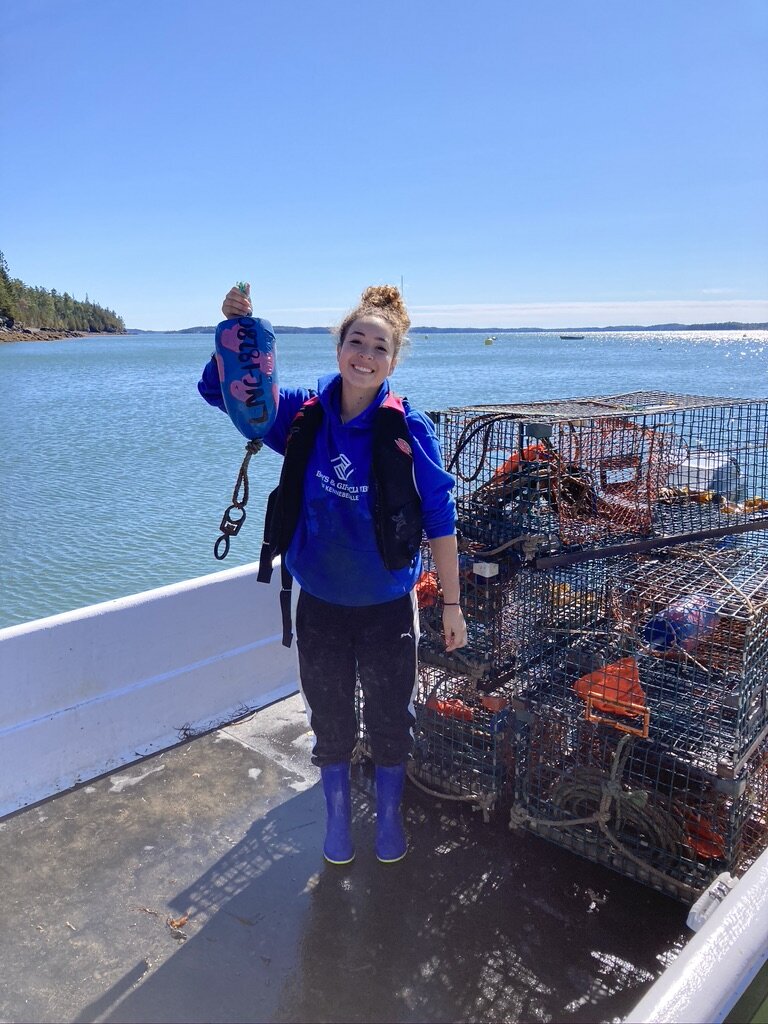“False” Irish Moss — Everything You Need to Know About the Twin To Chondrus crispus
Not all “Irish Moss” is the real deal. Learn how to spot authentic Chondrus crispus from its lookalike Mastocarpus stellatus, discover the key differences, and find out why choosing real Irish Moss matters for your health, recipes, and sea moss gel.
The Science Behind Purple Irish Sea Moss Application and Nutrition
A brief exploration of the commercial application of Chondrus crispus, how our customers use the seaweed, and how its nutritional profile changes with treatments and processing.
Health Guru Victor Bowman Seeks Wildcrafted Seaweeds at their Source
Dr. Sebi’s son Victor Bowman visited to better understand where and how our wildcrafted seaweeds are harvested. Find out why Chondrus crispus is such a special macroalga!
University of Maine Farmington Lecturer Visits the Gulf of Maine on the Wild Hunt for Worms
UMF Lecturer Nancy Prentiss is hot on the chase for the Slime Fan Worm! Read on to learn about harvesting and identifying these unique invertebrates found in the Gulf of Maine.
Summer Internship Spotlight: The Recreational Lobsterwoman
Renée Rossi interned this summer to help out with Tidepool Tim’s YouTube channel, and experienced a tasty snapshot of Maine’s coastal economy: lobster fishing!
Why Arctic Fish Don’t Freeze: Extreme Marine Life
Cold-blooded polar fishes not only withstand freezing temperatures, but thrive, thanks to antifreeze proteins! This story is a classic molecular evolution case study.
Choosing an Aquarium Substrate for your Tank
As a supplier of Atlantic marine specimens, we often get asked by customers how to go about starting up a new cold water aquarium.
How to: Dig Spaghetti Worms
Spaghetti worms (Amphitrite spp.) live in super slimy tube burrows.
Live Aquarium Filtration
Corallina is a unique type of algae or seaweed. As it grows, it adds parts like a string of tiny beads.
How to: Collect Razor Clams
Razor clam shells sometimes litter the beaches, but unless you know what to look for you can dig, and dig, and dig but never find one.
Our Little Octopus
Two months ago, I had an inquiry from a local university student about cold water Atlantic octopus.
How to: Collect Slipper Shells
Learn to collect slipper shells from the intertidal zone with Tidepool Tim.
How to: Collect Moon Snails
Learn to collect moon snails (Lunatia heros) from the intertidal zone with Tidepool Tim.
How to: Collect Dwarf Brittlestars
Learn to collect brittle stars (genus Axiognathus) from the intertidal zone with Tidepool Tim.
Fisherman's Bucket
Hermits, hermits, hermits! Yesterday a local fisherman Mike brought us in a pile of goodies fresh off his sea urchin drag boat.

















